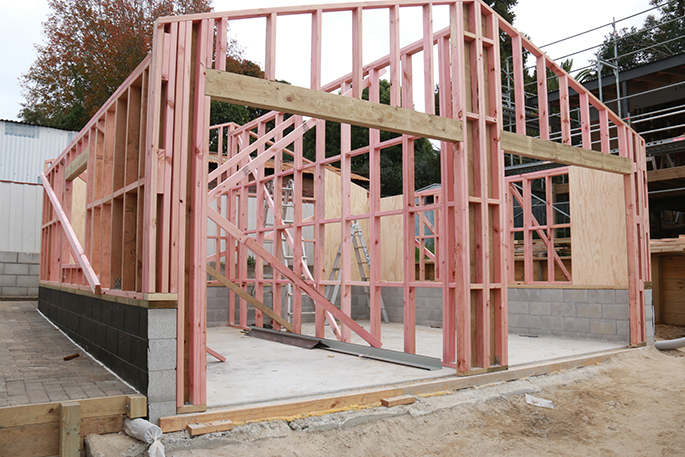The average cost of building a home in New Zealand’s main centres is up 9.5 per cent annually, but price rises have slowed markedly in 2023.
QV CostBuilder is described as New Zealand’s most comprehensive construction cost database.
More than 51,000 rates were updated in June, with the average cost of building a standard three-bedroom home increasing by 9.5 per cent in a year, including by 3.8 per cent since its last major update in December.
This compares to a 20.9 per cent annual increase at the same time last year and an 11.3 per cent annual increase to December 2023.
“Ordinarily a 9.5 per cent increase in the cost to build a standard three-bedroom home would be a lot — and it certainly is by historic standards. But the good news is it’s just less than half the rate of building cost inflation measured at the same time last year,” says QV CostBuilder quantity surveyor Martin Bisset.
“Though construction costs continue to rise, they have definitely slowed throughout the first six months of 2023. It looks as though they are starting to level out now, with the worst of the construction inflation boom now firmly behind us and strong demand for materials and labour continuing to ease across much of the country.”
However, Martin warns that there's still a great deal of uncertainty in the building industry and economy as a whole, making it difficult to predict exactly how costs will continue to evolve throughout the remainder of the year, but it’s likely they will eventually stabilise.
“With inflation and interest rates stubbornly high, a general election in October, geopolitical issues and rebuild work on Cyclone Gabrielle still to fully get going, there is still lot of economic instability in the domestic construction market.”
The biggest elemental price increase since QV CostBuilder’s December update related to sanitary plumbing, which went up 4.9 per cent.
Costs related to interior doors also increased by 3.5 per cent, with windows and exterior doors climbing 3.1 per cent due to having to meet the requirements of the new H1 energy efficiency regulations.
On average, each trade rate has also increased by 2.5 per cent since December, with suspended ceilings up 16.2 per cent.
Fire proofing (10.1 per cent), metal framing (8.9 per cent), hardware (8.8 per cent) and roof coverings (8.1 per cent) round out the five largest prices increases since the last update.
“It’s important to remember these figures are averages and the cost of building will always be dependent on the level of finishes, internal layout, and all manner of other elements, including whether or not a home has a single or double garage.”
Visit QV CostBuilder at costbuilder.qv.co.nz.



0 comments
Leave a Comment
You must be logged in to make a comment.